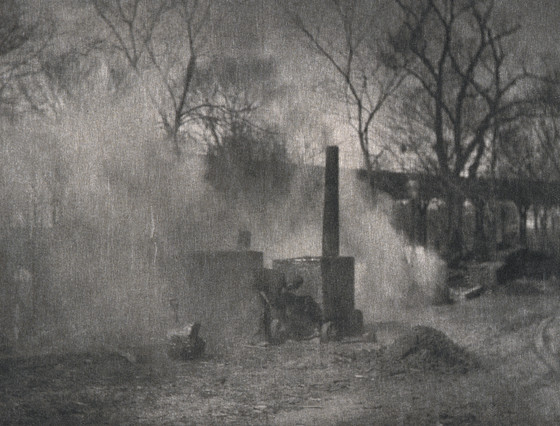The late nineteenth century witnessed a growing cosmopolitanism and sophistication in American culture....
The late nineteenth century witnessed a growing cosmopolitanism and sophistication in American culture. Great riches were amassed by railroad tycoons and land barons, and along with this came the desire for a luxurious standard of living. Collectors filled their homes with European as well as American works of art. American artists, generally trained abroad, often painted in styles that were indistinguishable from their European counterparts.
Most Americans who studied abroad did so in the European academies, which promoted uplifting subject matter and a representational style that emphasized well-modeled, clearly defined forms and realistic color. Academic painting served American artists well, for their clients demanded elaborate large-scale paintings to demonstrate their wealth and social positions. With an emphasis on material objects and textures, academic artists immortalized their patrons’ importance in full-length portraits.
Academic painting dominated taste in Europe throughout the century. But in the 1860s impressionism emerged in France as a reaction to this hegemony. By the 1880s this “new painting” was still considered progressive. Mary Cassatt was the only American invited to participate in the revolutionary Paris impressionist exhibitions. Despite her participation and the early interest of several other American painters, few Americans explored impressionism until the 1890s. Impressionist painters no longer had to choose subject matter of an elevated character but instead could depict everyday scenes and incidents. Nor did impressionists have to record the physical world with the objective detail of a photograph. Artists were now encouraged to leave their studios and paint outside under different weather conditions. American impressionists used the new aesthetic to capture the charm and beauty of the countryside and the city as well as the quiet delicacy of domestic interiors.
More...



